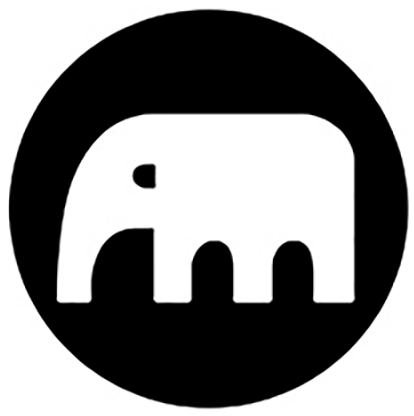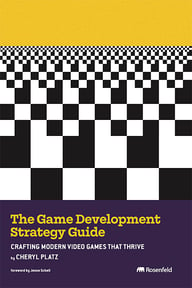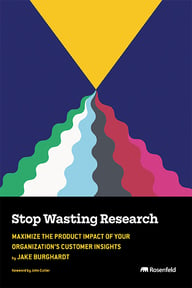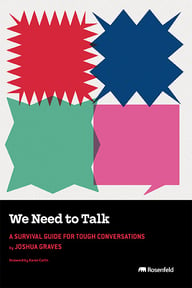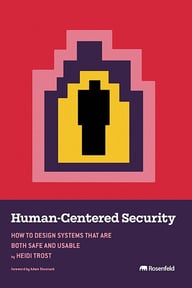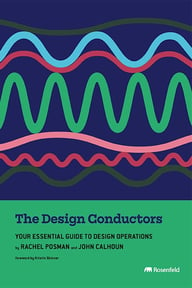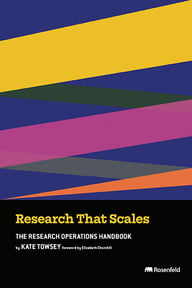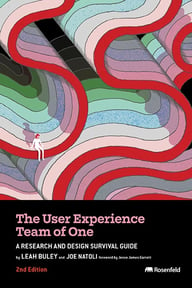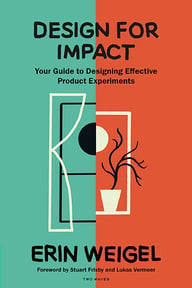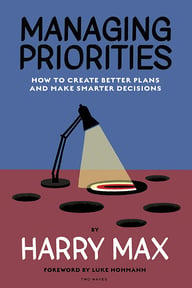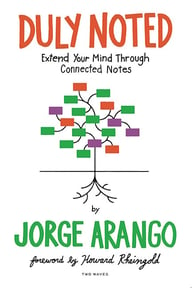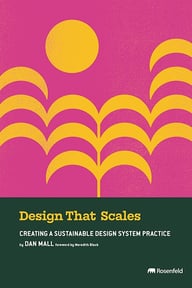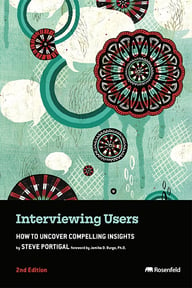Summary
Product Context Analyzer (PCA) is an AI-powered tool that automates LLM-based user research, enabling product teams to quickly discover and analyze the context in which a product is used. With just a single prompt or an uploaded interview transcript, PCA generates structured user research outputs that match the quality and format expected by professional design and product teams, enabling immediate integration into established workflows. Outputs include as-is scenarios, personas, empathy maps, user journey maps, desired outcomes, detailed task flows, user requirements, and user stories. By dramatically reducing the need for time- and labor-intensive primary research, PCA allows teams to continuously learn about user needs without requiring specialist skills or deep expertise in user research methods. This approach helps product teams move efficiently from early ideas to actionable design with a clear understanding of user requirements. In this session, we will demonstrate how PCA transforms a single input prompt into a structured knowledge graph that connects high-level strategic insights with detailed task flows and user stories.
Key Insights
-
•
AI can transform secondary user research by synthesizing vast existing information into actionable UX artifacts.
-
•
Jakob Nielsen recently endorsed a workflow prioritizing secondary research before primary user research.
-
•
Product Context Analyzer produces outputs like journey maps, task hierarchies, affinity diagrams, persona fact sheets, and user story maps automatically from a prompt or interview transcripts.
-
•
The tool supports input from either broad task descriptions or detailed interview transcripts.
-
•
The system structures user requirements in standardized, readable phrasing suitable for both UX and regulated industry contexts.
-
•
It incorporates concepts from Jobs-To-Be-Done and OOUX frameworks to offer desired outcomes and task objects.
-
•
Export options include CSV files and printer-friendly PDFs, facilitating easy sharing and further processing.
-
•
Currently, the system allows only one transcript upload per project and lacks multi-user shareable access but this is on the roadmap.
-
•
The AI insights link back to source data internally via knowledge graphs, ensuring traceability.
-
•
The tool is applicable across industries including medical devices, software, automotive, research institutes, and public services.
Notable Quotes
"The secondary first, primary second sequence may seem a numerical mismatch, but it is the way to go."
"Our product simply sucks everything out of the open AI system and processes it with a knowledge graph based on ISO standards."
"You enter a single prompt, like washing your own car, and the system analyzes the whole context and returns research artifacts."
"When designers describe their problem, they often describe a pain point, but you have to enter the user’s actual task."
"The output is not a requirements statement but a description of what is happening in the context."
"The task objects are central to a popular conceptual design approach called OOUX."
"Product managers appreciate the jobs to be done desired outcome statements because they are not overly detailed but actionable."
"This is real serious analysis, not pre-prepared or fake data."
"The system is live now analyzing audience-submitted tasks and producing results in minutes."
"Secondary research becomes a primary choice in user research in the age of AI."
Or choose a question:















More Videos

"Make it difficult to create ugly presentations — make it ten times easier to do the right thing."
Craig VillamorResilient Enterprise Design
June 8, 2017

"Public sector work is about broadening your reach and delivering outcomes to everyone, not winning market share."
Louis Rosenfeld Lashanda Hodge Senongo Akpem Chris HodowanecBecoming a Civic Designer: Making the Move from Private to Public Sector
November 17, 2022

"Collaboration is not just beneficial, it's essential for effective climate action."
Ash BrownSilver Linings: What DesignOps Learned in the Shift to WFH
October 23, 2020

"Apple unlocked so much innovation by including accessibility in the phone with VoiceOver built-in."
Sam ProulxTo Boldly Go: The New Frontiers of Accessibility
June 10, 2022

"Middle management often blocks collaboration despite desires from people underneath to work together."
Cennydd Bowles Dan Rosenberg Lisa WelchmanDay 1 Panel
June 4, 2024

"Research in science fiction helps make research real and creative all the time."
Ana Maria Montero Barrantes Aditi Dhar Michelle Kaplan Nate Osborne Matt LaurenceThe Authentic UX Talent Show
January 8, 2024

"We over-emphasized technology and process information and forgot the people inside the organization."
Matt StoneScaling Empathy, A Case Study in Change Management
June 11, 2021

"Strategy as a service: you just type in a URL and it will generate a strategy based on nothing whatsoever."
Simon WardleyMaps and Topographical Intelligence
January 31, 2019

"Within improv, it’s a combination of listening and not trying to be funny."
Jim KalbachJazz Improvisation as a Model for Team Collaboration
June 4, 2019
